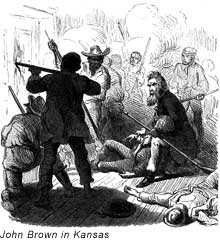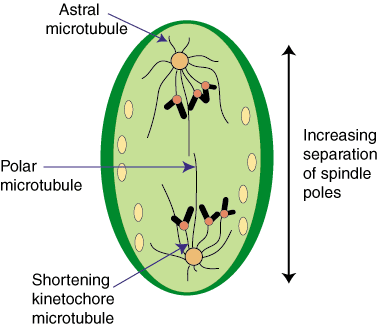Hi there! My name is Genny Etics. You can call me Gen for short though. So today I'm here to talk about the interesting topic of...ME! Well basically we're talking about you too. I am you if that makes any sense. Genetics are what make you, YOU!If you want to find me, just look here; In the DNA!
Genetics can determine a lot of things about you. They determine your hair color, eye color, and basically your physical appearance. Where do you get all of these traits you ask? Well from none other than:
| YOUR PARENTS! |
We have 46 chromosomes. 23 from our mom and 23 from our dad. We get these chromosomes from the sperm cell and egg cell which both have 23 chromosomes forming together to make YOU!
Have you ever wondered why you might look like more like your mom than your dad or visa verse? Well this is because some traits are dominant and some are recessive. Dominant traits are basically traits you are more likely to get. Dominant traits can "overlap" recessive traits. It means that the recessive traits are still there but the dominant ones are just hiding it. If your parent had a recessive trait that they passed on to you but the dominant trait ruled it out, it could come back again in your children or even your children's children.
Mandel also invented something called the Punnett Square. It was a way in which you could predict the outcome of offspring between a homozygous short pea plant and a tall one. Homozygous means having the same genes. Okay so say the tall pea plant is TT and the short one in tt. When they get multiplied together you get Tt. The tall gene is dominant so odds are, the plant will be tall.

This table can determine a plant's genotype and phenotype. Genotype is an organism's genetic structure such as metabolism and cell shape, while phenotype is basically the all around physical appearance.
Here are some links:
Punnett squares!
Genetics and Heredity
Genetic game.











